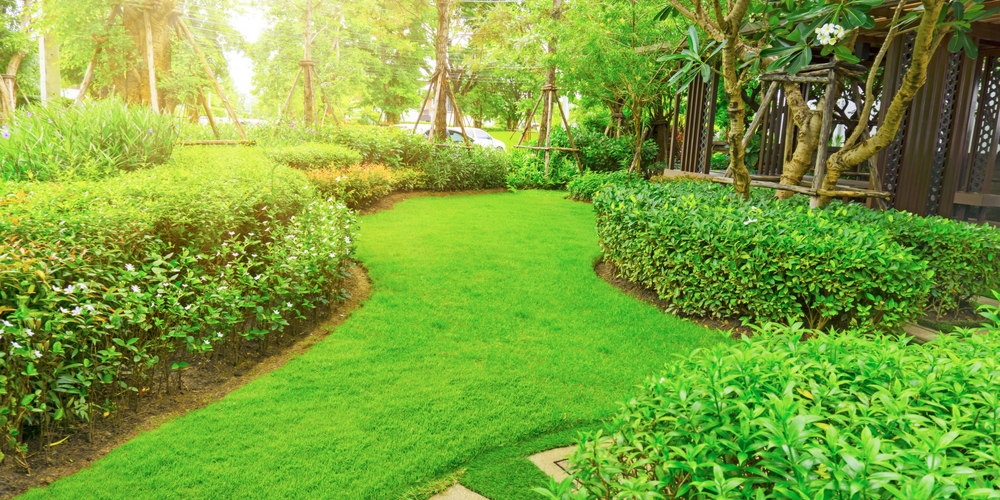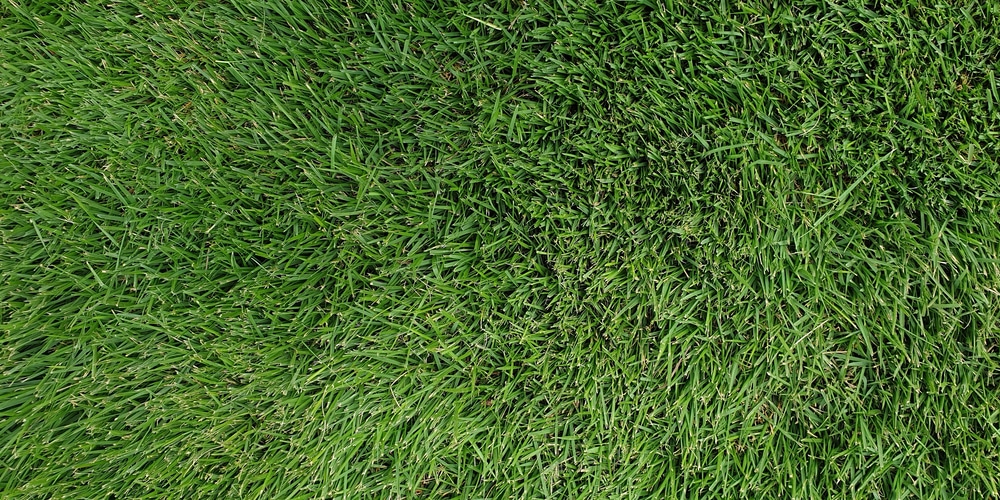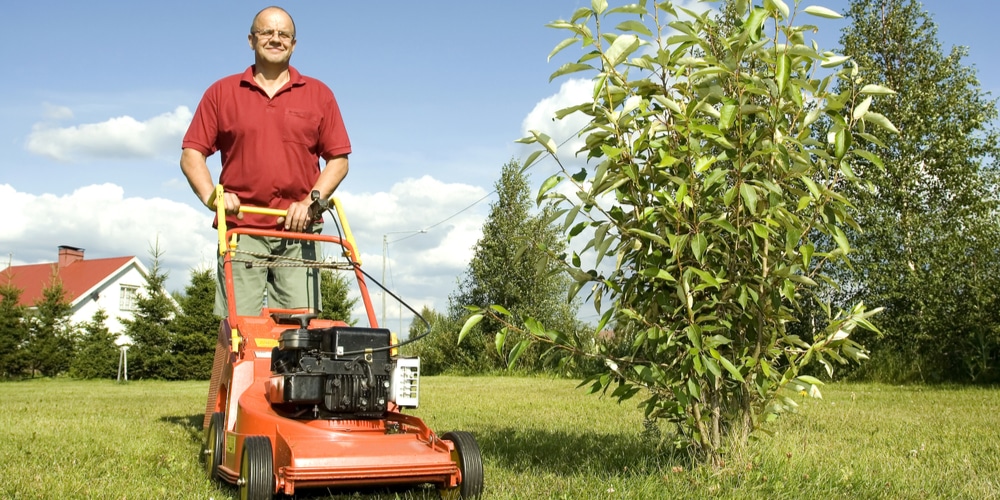Geo Zoysia is a gorgeous grass that grows dense, deep green blades, making it a favorite choice among lawn owners. Its thin leaves and excellent tolerance to salt and herbicide are thanks to human engineering.
You can trace the origins of Geo Zoysia to Beltsville, Maryland. There, botanists crossed Zoysia Tenuifolia with Japonica to create this hardy grass.
Best Climate for Growing Geo Zoysia

Geo Zoysia thrives in USDA zones 6-11. It loves Southern and Southeastern states, as warm, humid environments are ideal.
Despite its love for heat, the Geo Zoysia has exceptionally excellent tolerance for semi-shady areas. So, it’s suitable for lawns with lots of foliage.
Ideal Growing Conditions for Geo Zoysia
Scientists designed Geo Zoysia to be a versatile grass, withstanding a wider range of conditions than other grass varieties. Below are the must-knows of how to care for Geo Zoysia.
Sunlight
Geo Zoysia prefers sunlight, but it can tolerate shady conditions. Ideally, you should ensure your Geo Zoysia has four to five hours of sunlight per day.
But if your lawn has a lot of trees or areas that receive shade, you can still grow Geo Zoysia as long as it gets dappled sunlight for at least five hours.
There’s no need to worry if your yard receives direct sunlight year-round. Your Geo Zoysia will love it.
Water
Geo Zoysia requires an average amount of water. We recommend watering this plant with one inch of water weekly if nature doesn’t do the job for you.
Should you live in a dryer climate, watering with this significant amount of water only once per week is imperative for helping the roots to grow deeper. Deep roots nourish and stabilize your grass, helping it stay healthier for longer.
When watering your Geo Zoysia, it’s essential to do so in the morning. Otherwise, nighttime watering can increase your grass’s risk of disease. It can also create an artificial frost if you live in a cool enough climate.
Soil
Geo Zoysia isn’t picky about its soil conditions. Some of the soils it thrives in include:
- Sand
- Clay
That said, the Geo Zoysia’s ideal soil condition is a pH ranging from 6.0 to 6.5. So, these plants love some acidity. They have hardy stolons and rhizomes, meaning they can break through soil that isn’t well aerated.
Fertilizer
Fertilizing our Geo Zoysia isn’t a requirement, but this grass will often appear greener and healthier if you do so. We recommend fertilizing your lawn three times per year during the following seasons:
- Spring
- Summer
- Fall
You can opt for an all-purpose grass fertilizer or a nitrogen-based fertilizer. If you go the nitrogen route, you should account for two or three pounds of nitrogen per 1,000 square feet of grass.
Can Geo Zoysia Handle Foot Traffic?
Geo Zoysia does an excellent job of handling heavy foot traffic. It’s great grass if you enjoy hosting picnics and other events in your backyard.
Furthermore, you can expect Geo Zoysia to continue having outstanding foot traffic qualities even under high heat or drought conditions.
How To Plant Geo Zoysia
Planting Geo Zoysia is simple. It’s best to plant this grass in the late spring or early summer once the temperature remains in the 70 F range.
You’ll need to rake your soil and remove large pieces of debris. Then, using a seed spreader, scatter an even amount of seeds over your lawn-to-be.
It’ll take 14 to 21 days for your seeds to germinate. During that time, it’s vital to water the seeds regularly.
Tips for Mowing Geo Zoysia
You may not give much thought to mowing, but it can make or break the quality of your Geo Zoysia’s growth and appearance.
You should wait until your new Geo Zoysia seeds produce at least 2.5 inches of growth before mowing for the first time. From there, you should only ever cut one-third of the blade size, at most.
Otherwise, you’ll stress your grass, and it’ll take longer to recover.
The Bottom Line
Geo Zoysia is a popular grass for a reason. It has the classic full leaves and dark green appearance that people aspire for their lawn.
Unfortunately, Zoysia can’t grow in areas with harsh winters. But it’s an excellent choice for lawns in the Midwestern or Southern US. Fescue may be a better choice than zoysia for many areas

